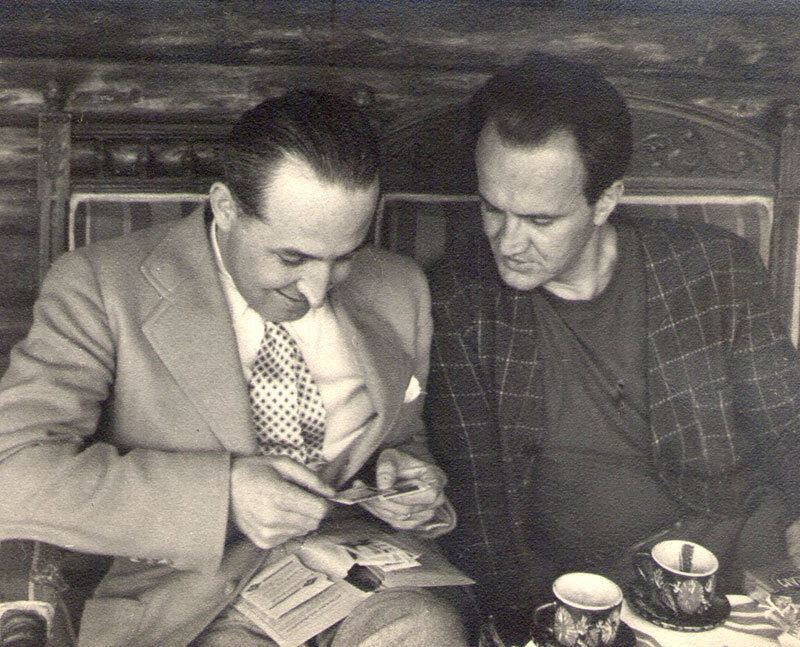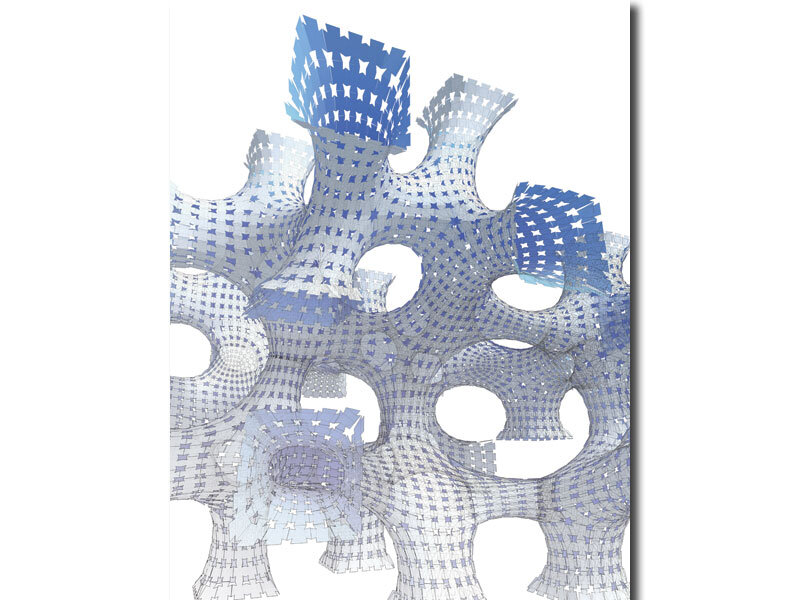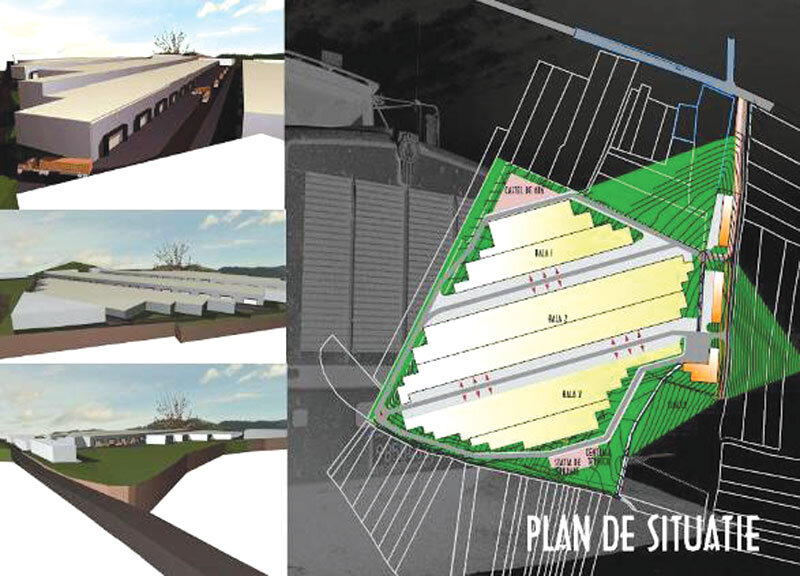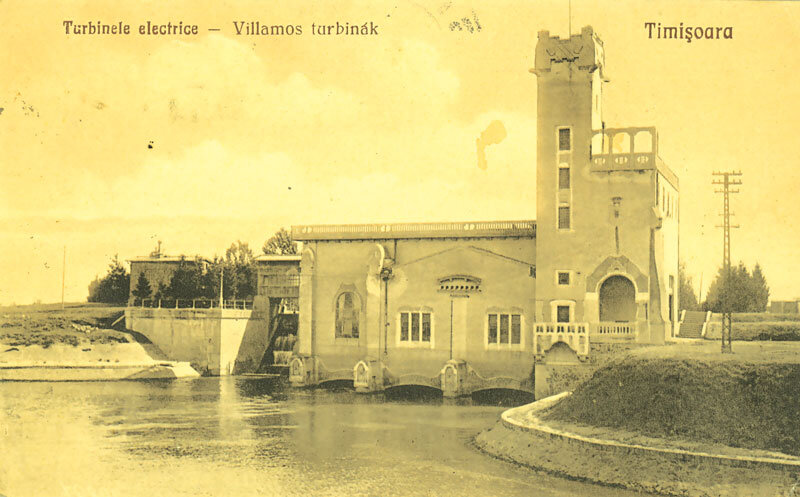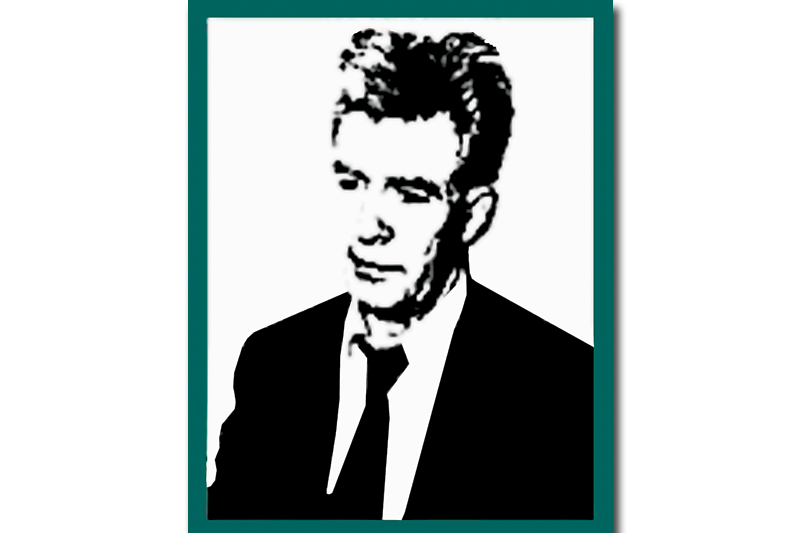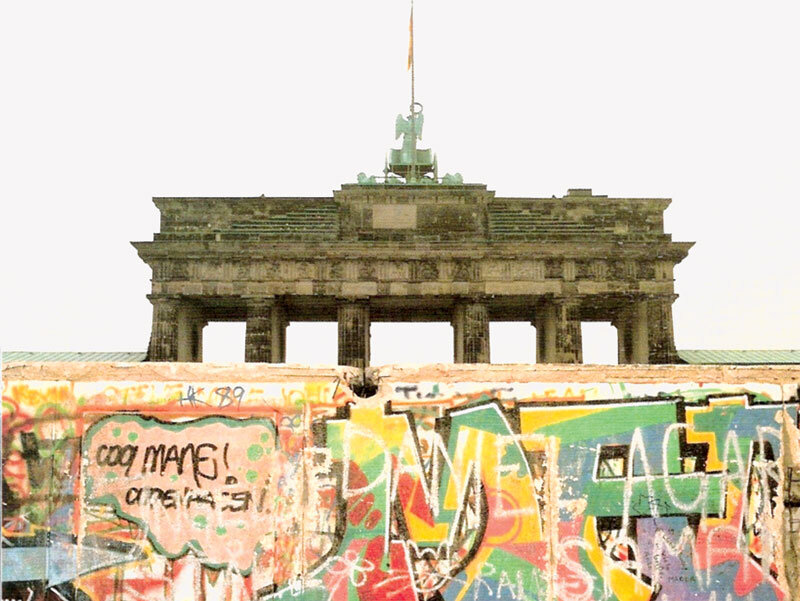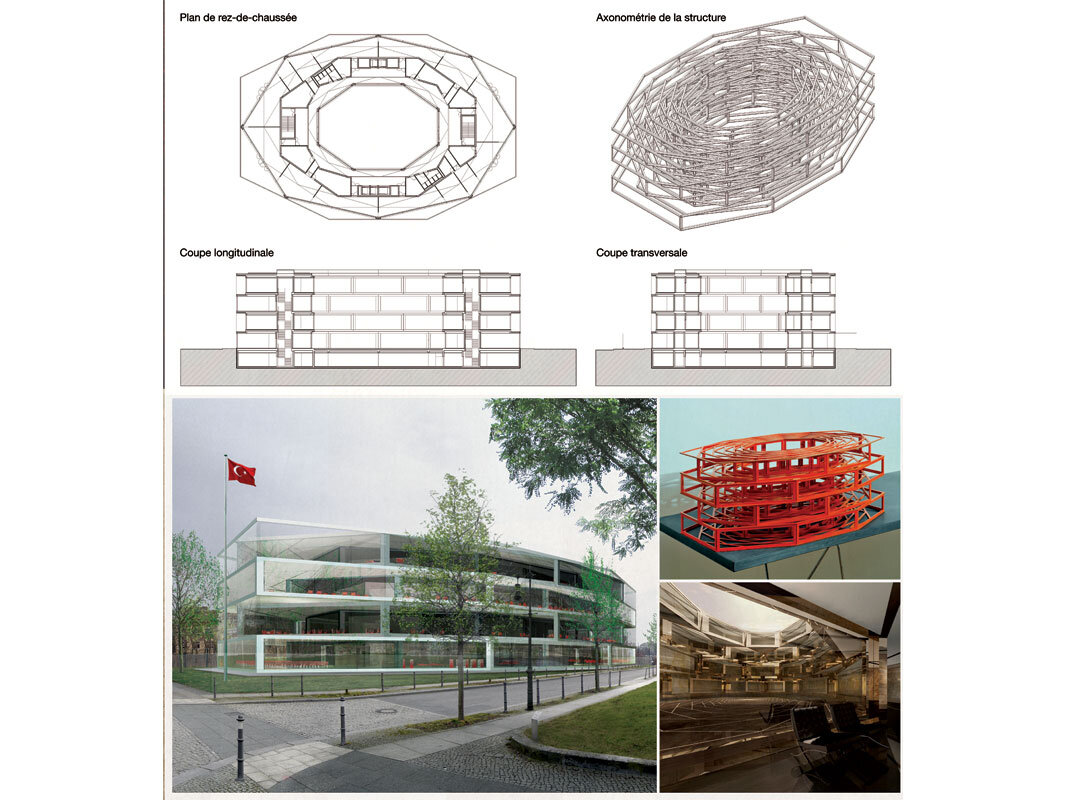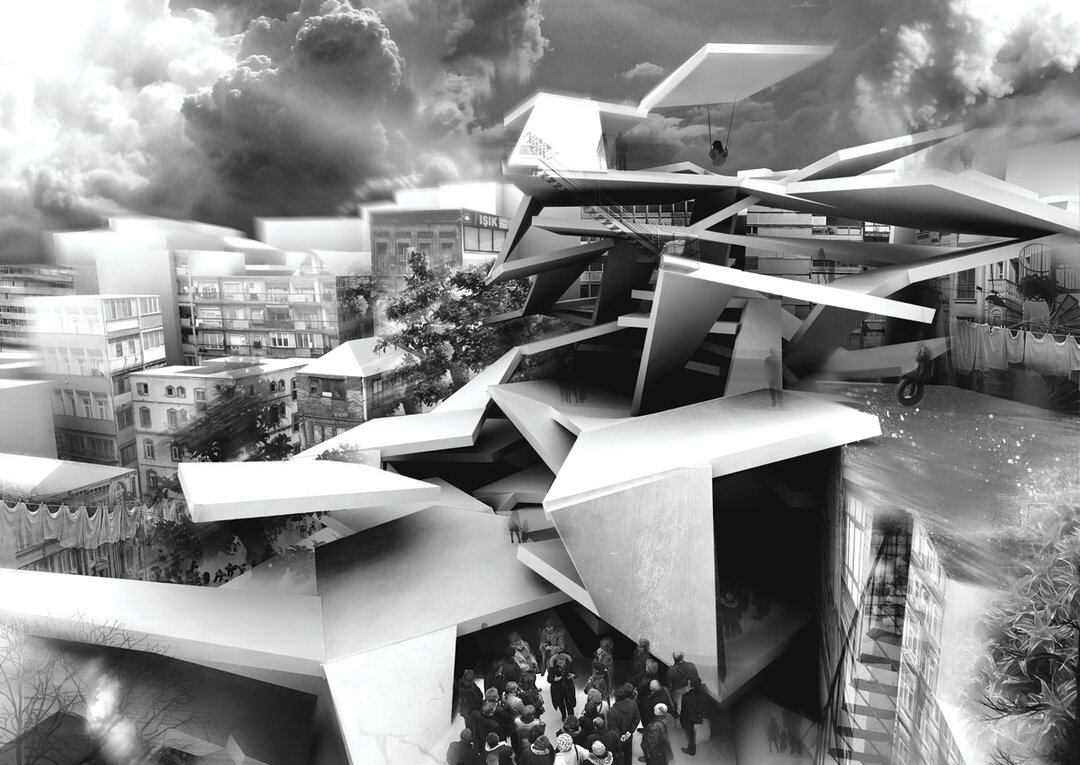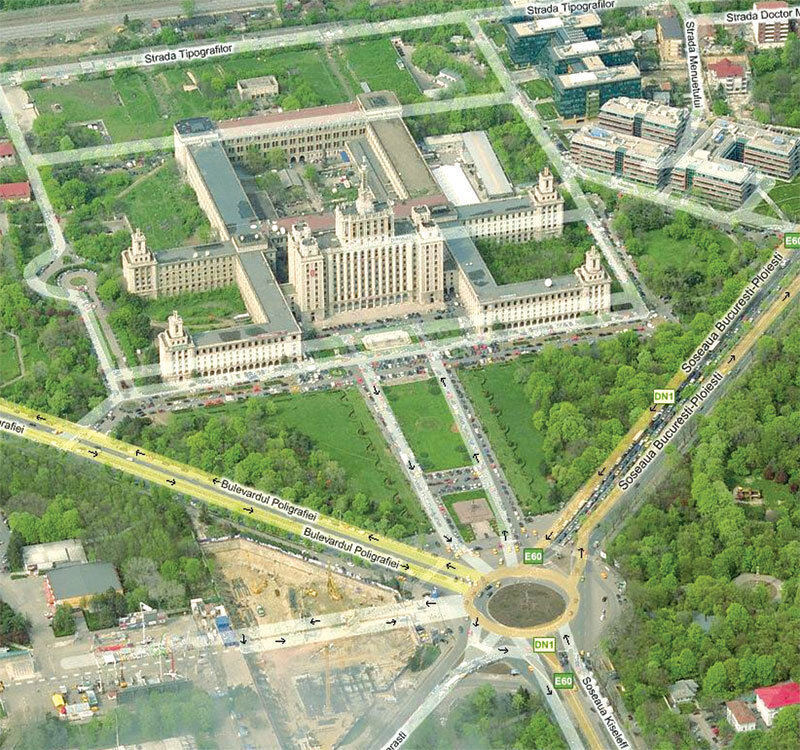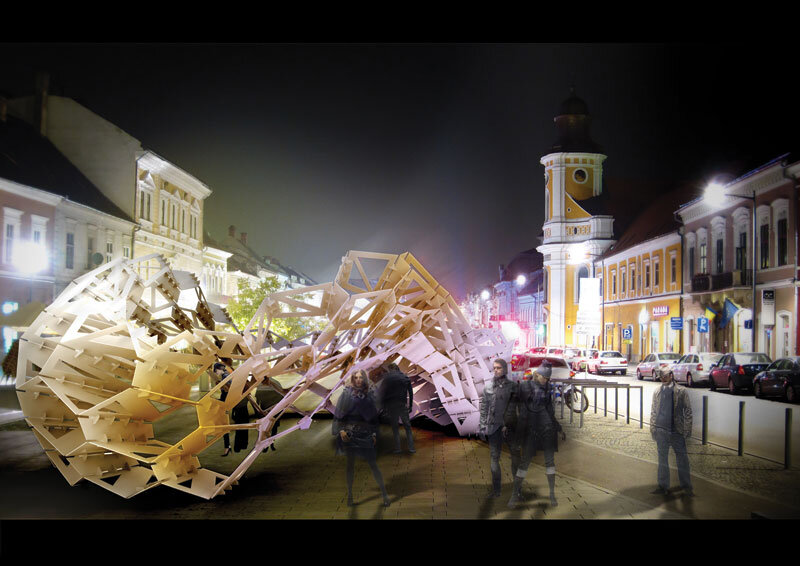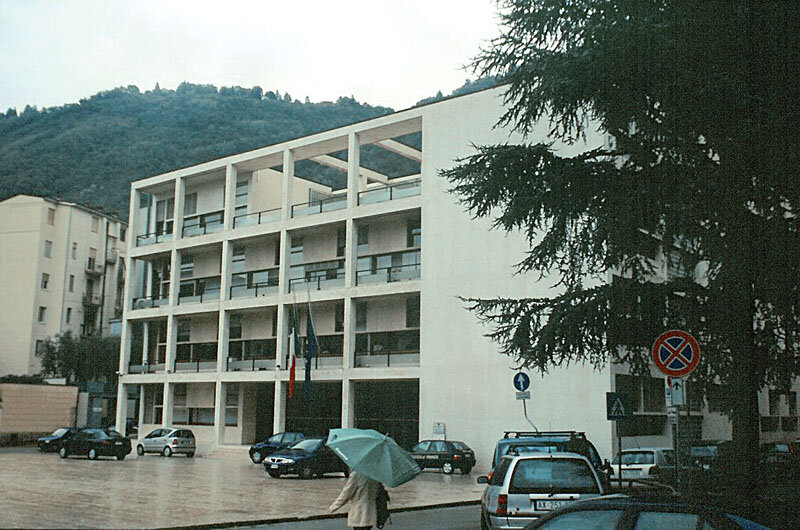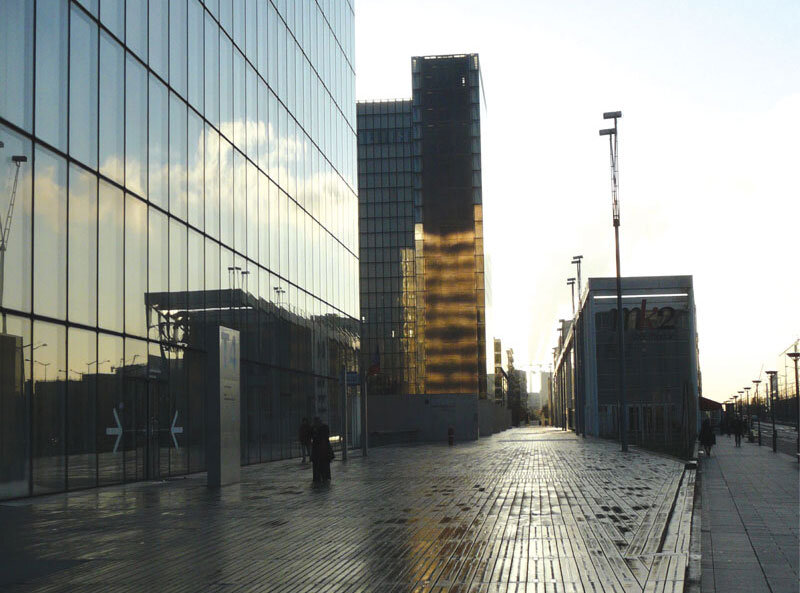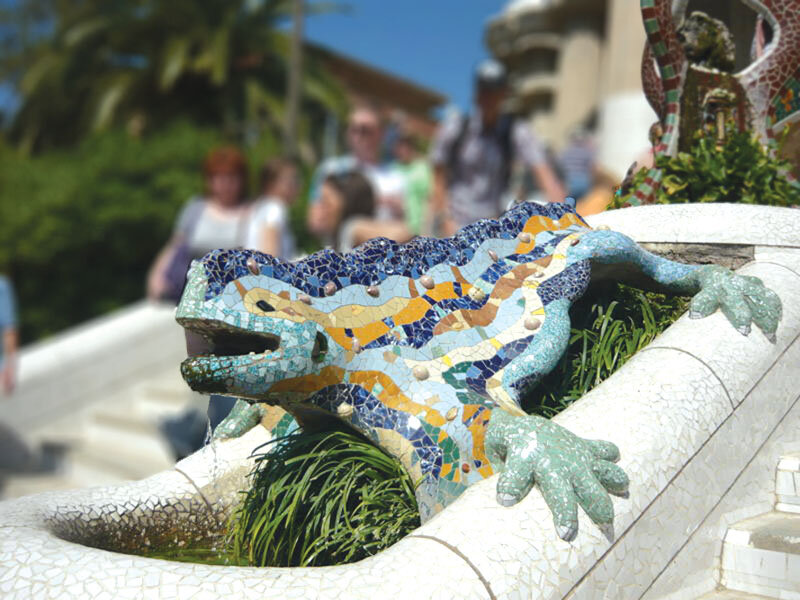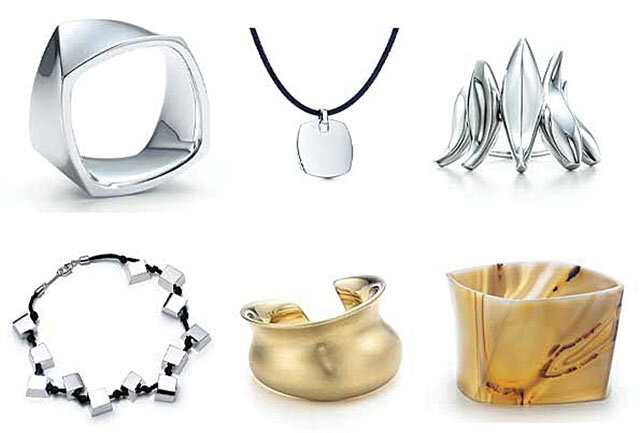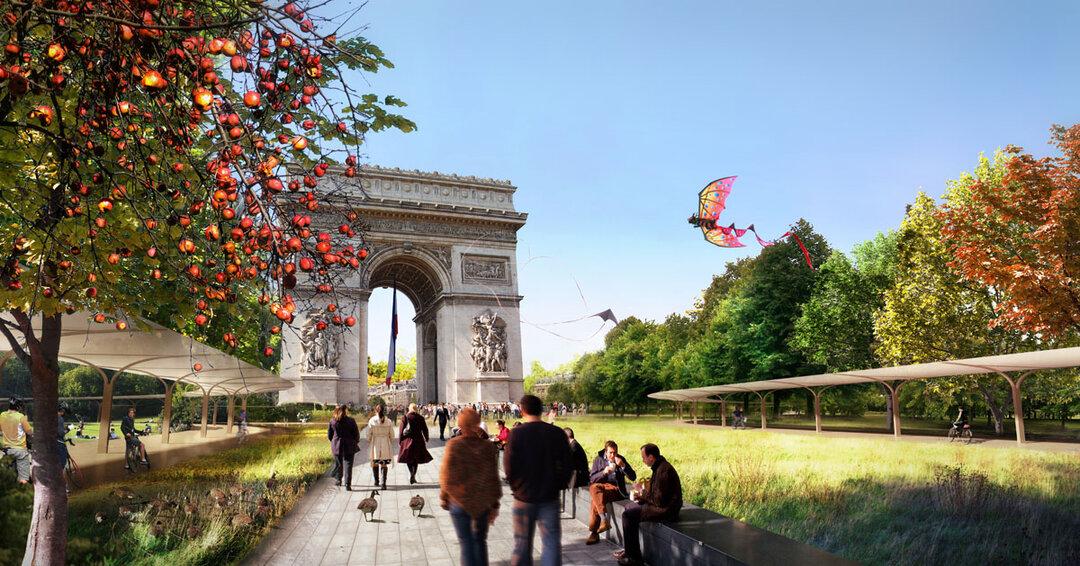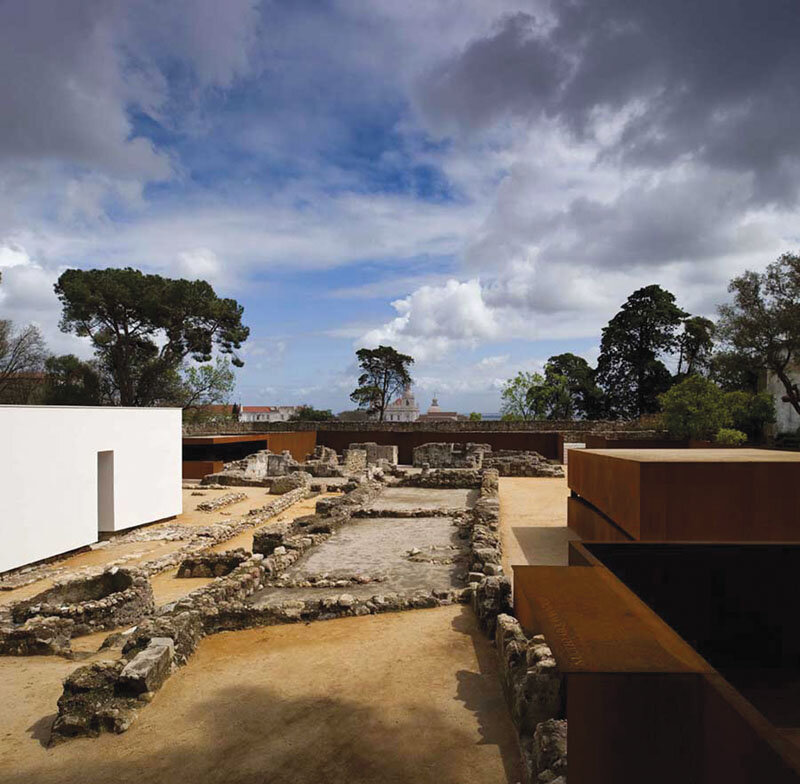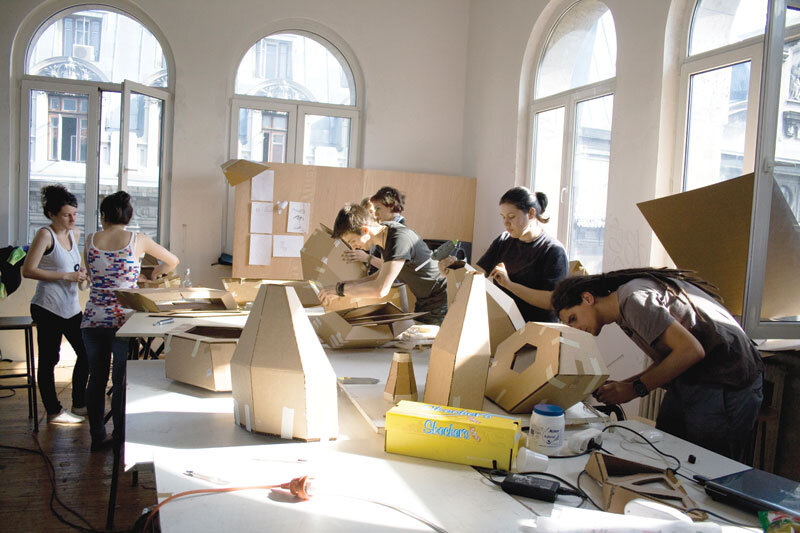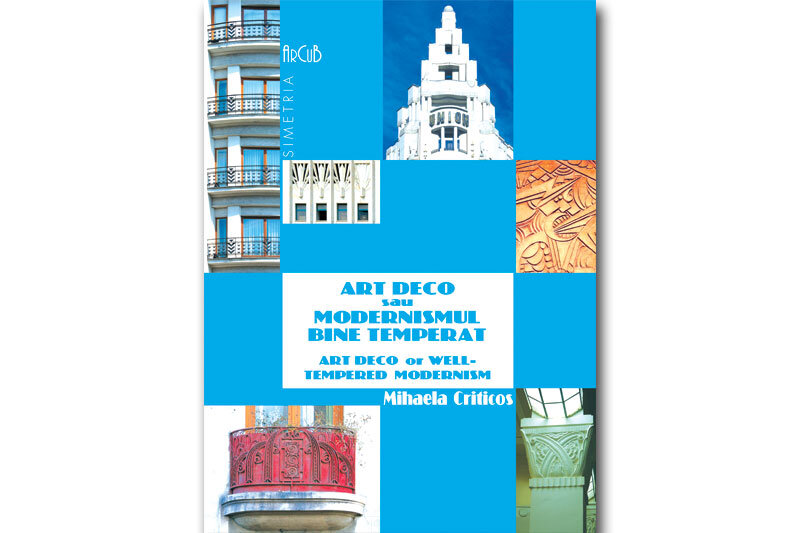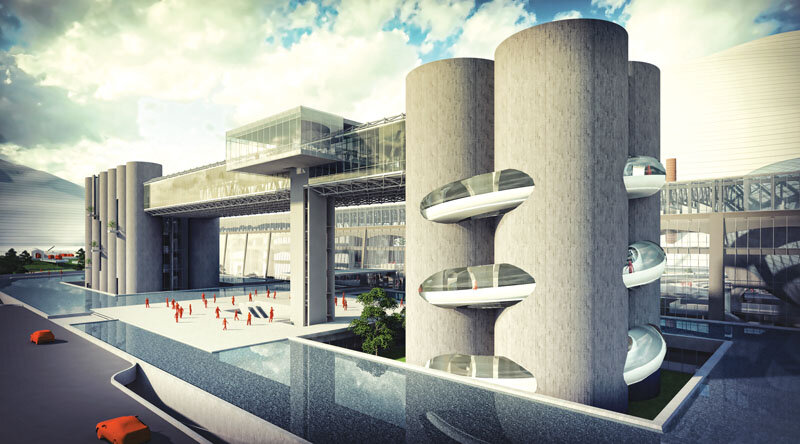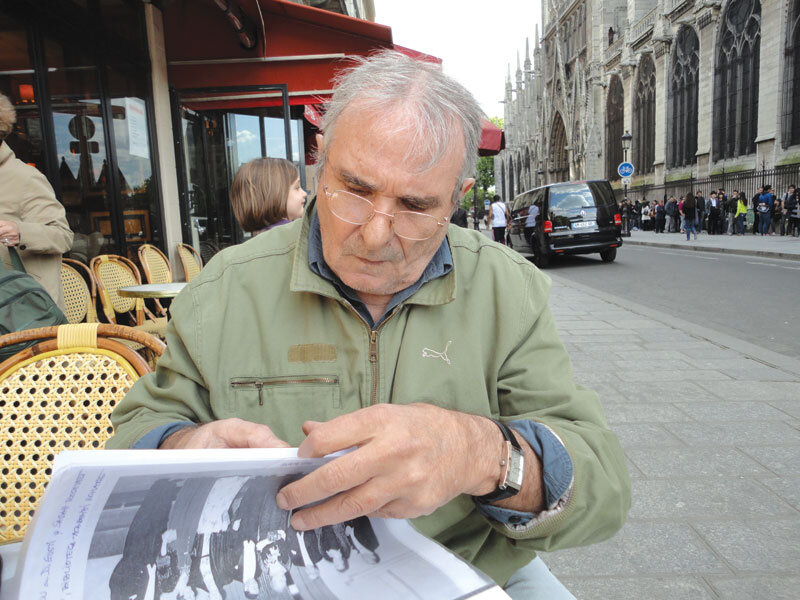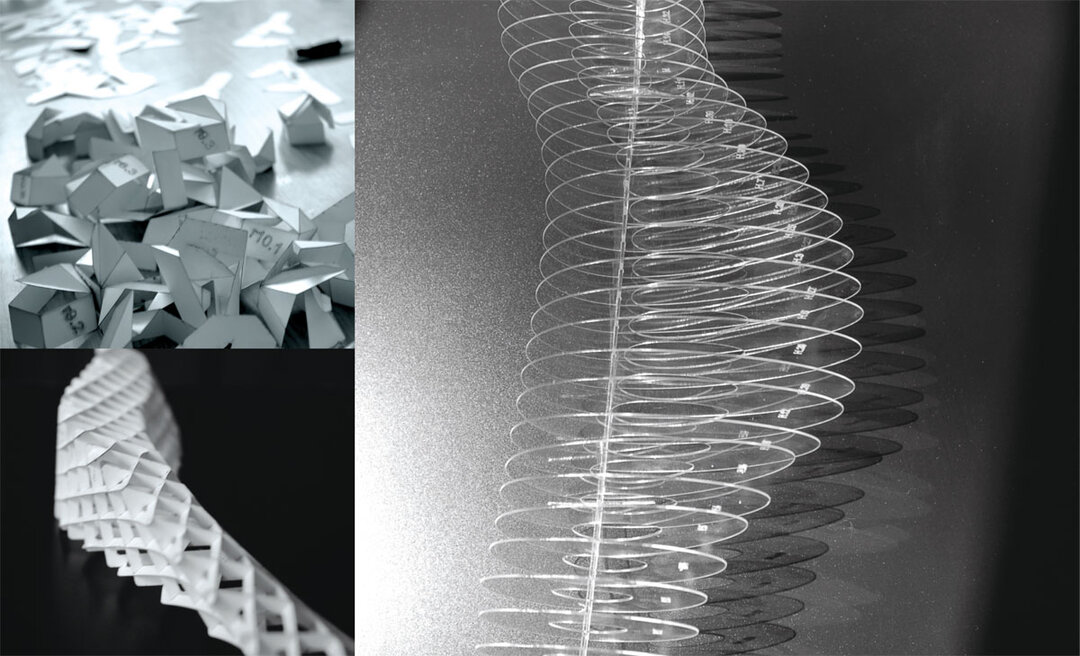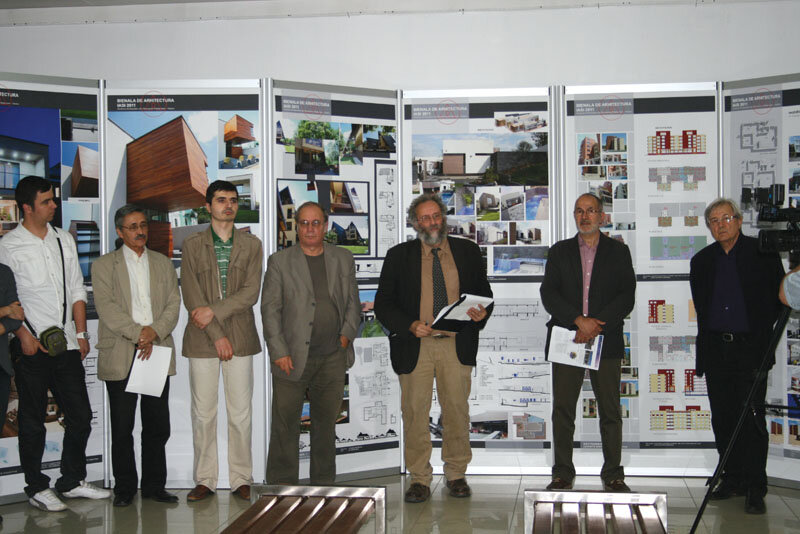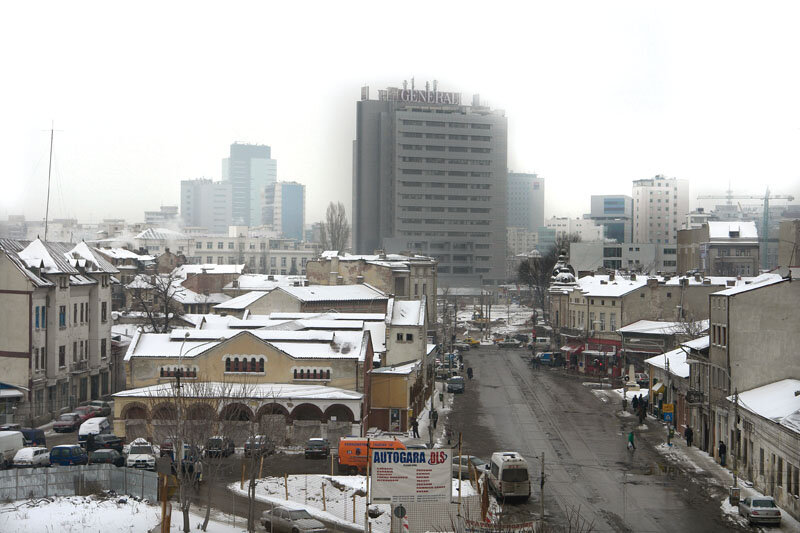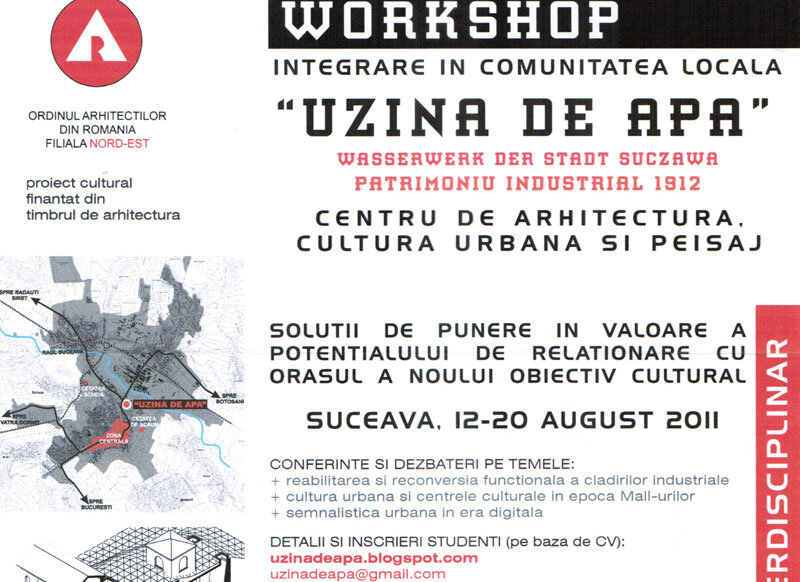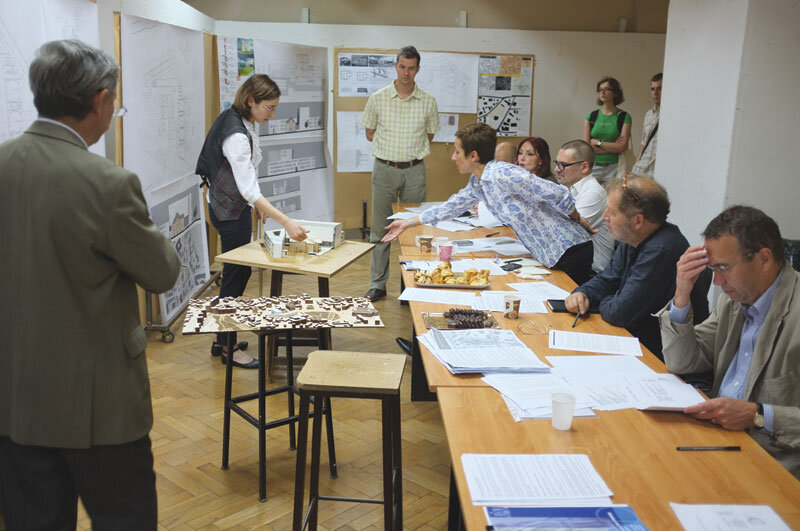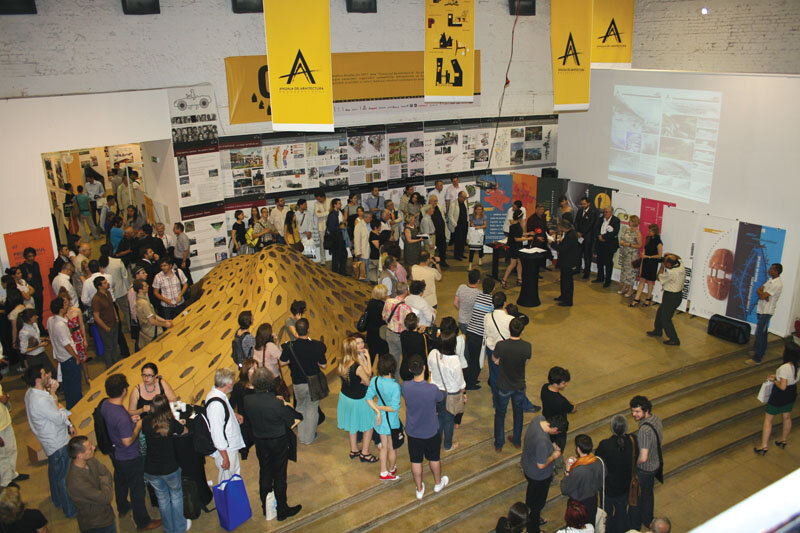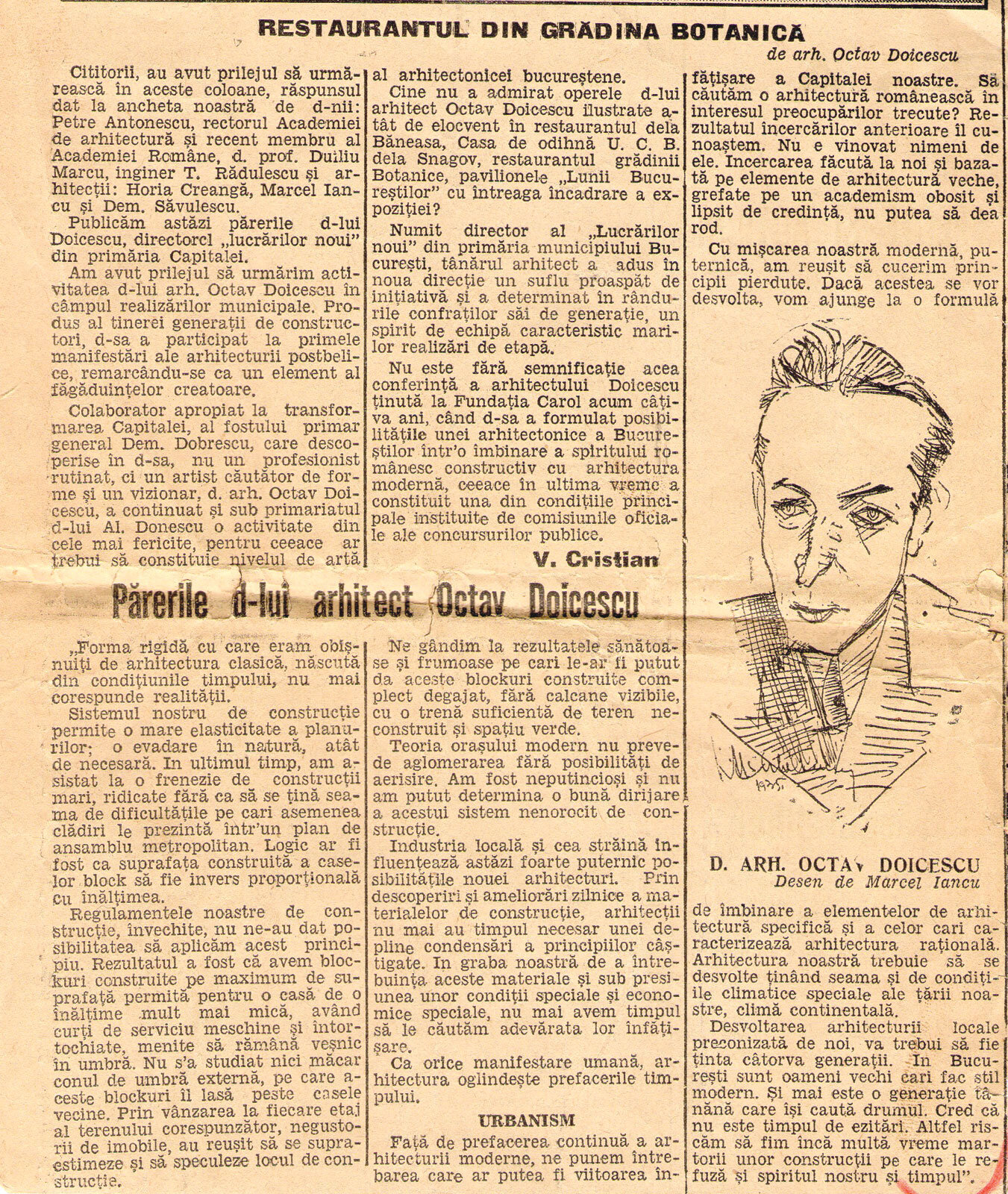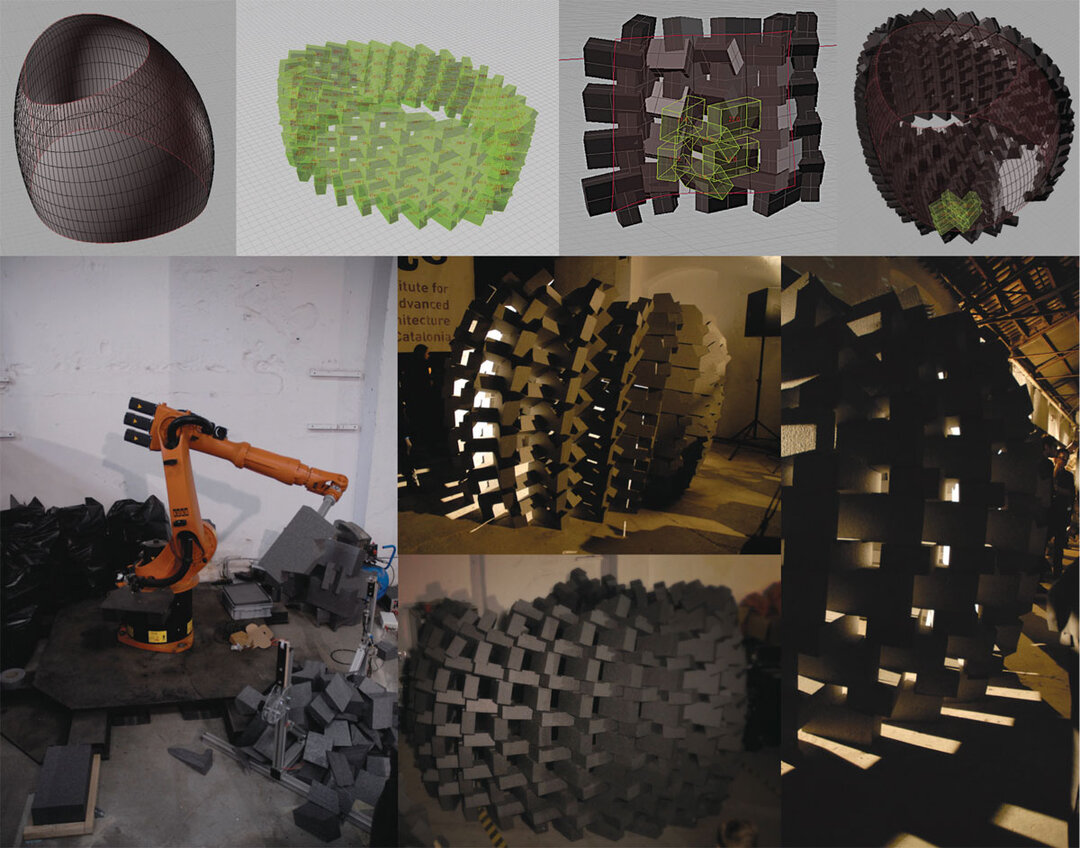
Andrei Doicescu - The interwar and post-war presence of prof. arh. Octav Doicescu
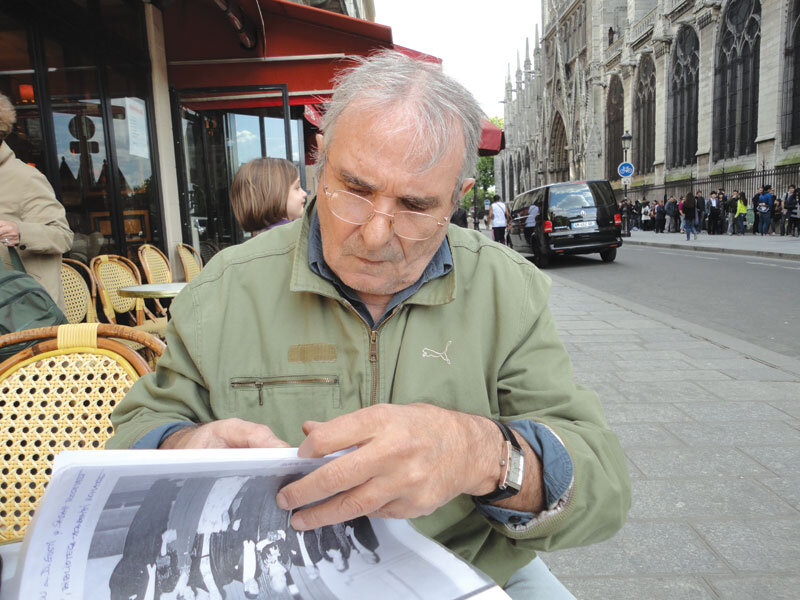
Interview conducted on April 12, 2011 in Paris, by drd. arh. Alin Toma Negoescu
Mr. Andrei Doicescu, the Professor's youngest son, is an art critic in Paris, who left the country before 1989. After a series of e-mail exchanges, I took the opportunity to pass through Paris to meet him in person; the occasion was my participation in the trip "In the footsteps of Le Corbusier", organized by UAIM for its students.
It had been raining in Paris since the day before, but the afternoon was now full of sunshine.
Mr. Doicescu did not object to the venue I had chosen, knowing that I was only in Paris for the second time. After a few minutes of standing inside Notre Dame Cathedral, here I was in the throng of tourists in front of it, staring at the equestrian statue on the south side of the square. Of the people passing by the landmark, only one turned her head and smiled like an old acquaintance at me, who was standing like a statue in the crowd of tourists. The fate of Romanians: to be recognized by our clothes!
Our Parisian, born in 1942, looked ten years younger, dressed sporty, in light summer colors. The Doicescu family: a large forehead, a vigorous nose and a certain pithy phrase. I avoided asking the man who had ruined the Professor's file, since he has been in Paris, about his wife and children. To the only question, about his profession, he answered modestly that he has no major accomplishments, helping others - great, to become greater. I am invited for a coffee at the sidewalk café with tables on the north side of the cathedral.
Alin Negoescu: Who were your father's best friends?
Andrei Doicescu: His brother, Aurel Doicescu, an architect specializing in industrial architecture, among other things, designed the Doicești Power Station - coincidence of names. He was passionate about archaeology; he worked at Histria with Acad. Condurache. He died in 1994...
A.N.: What can you tell us about your collaboration and friendship with the great architect, artist and architectural theorist G.M. Cantacuzino, an architect who was a political prisoner for a long time?
A.D.: I know a little, from hearsay, as I was too young. These two friends, together with Marcel Iancu, Vianu and Evolceanu (he often visited us), were collaborating on the magazine "Simetria". In our family there was a cult for G.M.C.
A.N.: Is it true that the reason for G.M.C.'s imprisonment was his failed attempt to leave the country by crossing the Danube?
A.D.: I didn't know and I don't believe that it was published. The source of the information received - a fair, upright, upright, discreet man, as you describe him, trusted you in the sense that information of this kind can discredit a personality even today.
A.N.: I think times have changed in Romania today. Of course, failed attempts should not be emphasized, regardless of the times and the people. I link the episode of G.M.C.'s imprisonment to another episode, that of G.M.C.'s front reports from Transnistria, from Odessa (the Romanian military campaign of 1941), which contained remarks about the architecture of power - vast public squares, the promiscuity of the small apartments where the working class lived.
A.D: Of course, the remarks of the architect-war reporter in 1941 were not to the liking of the new Romanian rulers and they also contributed to the new regime's revenge on the Cantacuzino intellectual, in the more general framework of the decapitation of the Romanian intelligentsia.
A.N.: Along with GMC, other architects such as Nicolae Goga and Constantin Joja were also imprisoned.
A.D.: We can add here also architects who left the country, such as Marcel Iancu, Haralamb (Bubi) Georgescu.
A.N.: Arh. H. Georgescu was one of Horia Creangă's main collaborators...
A.D.: Of course, but Bubi Georgescu, after Horia Creangă's early death, remained a good friend of my father, in a way showing his compassion towards the conflict related to the Halelor Obor project, in which the new mayor Donescu, with Creangă's new team, changed Octav Doicescu from the management of the New Works of the City Hall.
A.N.: I understand that Octav Doicescu resigned then.
A.D.: I am sending you by e-mail excerpts from the press of the time in which you can see both the Doicescu team's praise for the results and the press campaign of its detractors.
Read the full interview in 3 / 2011 of Arhitectura Magazine.
